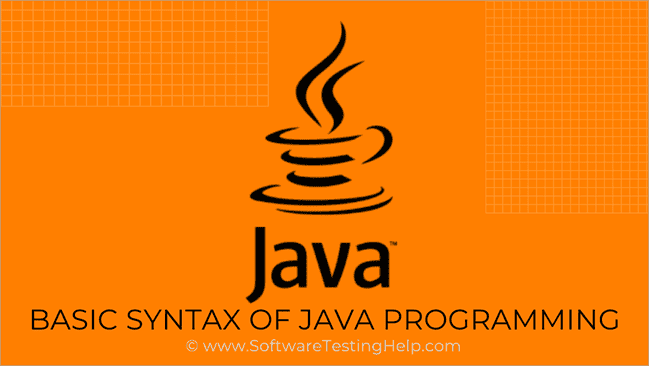
Learning Java is a great choice for aspiring developers, as it is a versatile and widely used programming language. Java is known for its platform independence, object-oriented programming capabilities, and extensive libraries. Here’s a guideline to help you get started with Java:
1. **Environment Setup:**
– Install the Java Development Kit (JDK) on your computer. You can download the latest version of JDK from the official Oracle website or use OpenJDK.
2. **Java Basics:**
– Familiarize yourself with Java’s basic syntax, data types, variables, operators, and control flow statements (if-else, for loops, while loops, switch).
3. **Object-Oriented Programming (OOP):**
– Understand OOP concepts, including classes, objects, inheritance, polymorphism, encapsulation, and abstraction.
4. **Methods and Functions:**
– Learn how to define and call methods (functions) in Java. Understand method overloading and overriding.
5. **Arrays and Collections:**
– Explore arrays and Java’s built-in collection classes like ArrayList, LinkedList, HashMap, and HashSet.
6. **Exception Handling:**
– Learn how to handle exceptions using try-catch blocks and understand the importance of proper exception handling.
7. **File I/O:**
– Understand how to read from and write to files in Java using file handling classes like FileReader, FileWriter, BufferedReader, BufferedWriter, etc.
8. **Interfaces and Abstract Classes:**
– Explore interfaces and abstract classes in Java. Understand when to use them and their differences.
9. **Threads and Concurrency:**
– Learn about multi-threading in Java using the Thread class and Runnable interface. Understand synchronization and concurrent programming.
10. **Generics:**
– Understand Java generics to write type-safe and reusable code.
11. **Java Standard Library:**
– Familiarize yourself with the extensive Java Standard Library (Java API) that provides a wide range of classes and methods for various tasks.
12. **Lambda Expressions:**
– Learn about Java 8’s lambda expressions and functional interfaces to write more concise and expressive code.
13. **Java Collections Framework:**
– Dive deeper into the Java Collections Framework and understand advanced data structures like TreeMap, LinkedHashMap, PriorityQueue, etc.
14. **Stream API:**
– Explore the Java Stream API introduced in Java 8, which enables functional-style operations on collections.
15. **Java JDBC:**
– Learn how to connect and interact with databases using Java Database Connectivity (JDBC).
16. **Maven or Gradle:**
– Consider learning build automation tools like Maven or Gradle for managing Java projects and dependencies.
17. **Practice and Projects:**
– Practice coding regularly and work on projects to apply your knowledge and gain practical experience.
18. **Online Resources and Books:**
– There are many online tutorials, documentation, and books available for learning Java. Some recommended books include “Effective Java” by Joshua Bloch and “Head First Java” by Kathy Sierra and Bert Bates.
Java is a versatile language with numerous applications, from web development to mobile app development and enterprise-level software. As you gain more experience and knowledge, you can explore Java frameworks like Spring, JavaFX for GUI, and Android development for mobile apps. Happy coding!